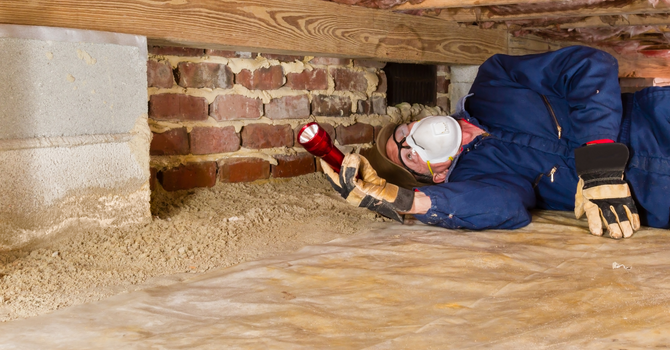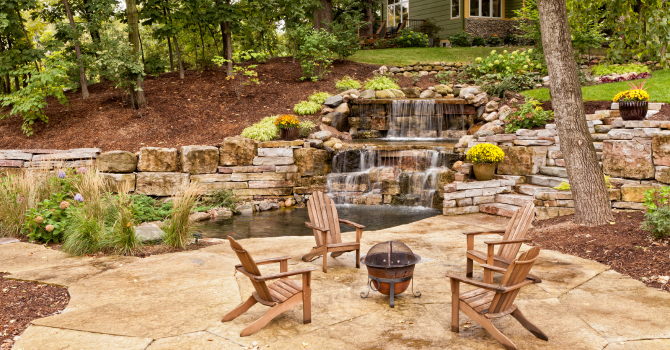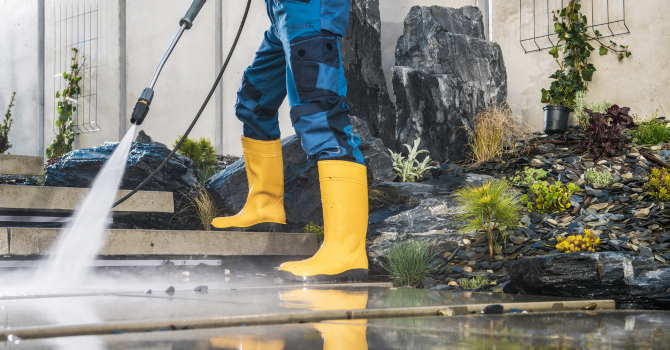Are you looking for a contractor?
Submit our quick form and get quotes now!
Table of Contents
4 min read
All about the heat recovery ventilator


4 min read
All about the heat recovery ventilator
InsulationAll about the heat recovery ventilator
As technology continues to advance, there are more advanced and environmentally-friendly ways to heat your home during those chilly months. From the wood burning stove to electric and gas heating methods, nothing is perfect. It’s a familiar struggle in winter to want to trap the heat in your home while keeping utility costs down. But, does a heating system exist that is efficient enough to keep fresh air in the home while maintaining a comforting heat level? Enter the heat recovery ventilator!
The heat recovery ventilator, also known as the HRV offers an airtight, energy-efficient solution to other heating and cooling systems. These systems offer a flow of fresh air into the home without any serious heat loss. If you’re curious about how they work and other major factors, then read on for all the important information.
All about heat recovery ventilators
The problem with traditional heating systems

Traditionally, entrepreneurs and builders didn’t spend too much time and energy considering insulation methods. Therefore, older homes have terrible insulation and some are without any insulation at all. This means that older homes lack the ability to keep heat indoors, causing high electricity bills as well as uncomfortable interior temperatures. In modern homes, insulation methods have definitely improved, and buildings have become more airtight so that their ability to hold in heat improves. Not only this, but heating systems themselves have improved in efficiency.
However, even though the combination of better insulation and better heating systems has a direct impact on the way your home is able to conserve air indoors, the home's interior still needs a regular airflow to keep the environment healthy. This is a result of many moving parts which create an excess of water and moisture inside the home, including the shower, washing dishes and clothing as well as cooking and even just breathing.
Excessive moisture leads to dust mites, mould, mildew growth and this has a serious effect on the health of all those who live inside your home. Of course, it’s possible to deal with this issue by opening windows and doors, letting new airflow into your home. Though doing this in the winter wastes an arguable amount of money. So what’s the compromise between an old, drafty home and a home that is correctly insulated but stuffy?
The wonder of HRVs
We can think about our homes as we think about our bodies, needing a constant supply of fresh air to filter out toxins, moisture, and chemicals. In our bodies, the nose acts as a filter and warms the incoming air. This process is actually referred to as a heat exchange; as air leaves your nasal passages, it warms them and as cool air comes in, it adopts the heat that’s been left. This exchange allows your body to retain heat energy.
HRVs work with this same method of heat exchange. This system consists of two ventilation ducts which run next to one another both inside and outside the home. One duct moves cool, fresh air into the home while the other carries stale air outside. Between these ducts is a heat exchanger, which works to transfer heat from the stale air onto the cool, fresh air. The air itself never mixes together, and thus stays fresh and warm.
Heat recovery ventilator units vary depending on the size of the home. In smaller places, they’ll consist of a single unit that will work to heat and ventilate the entire place. For larger homes, the unit will include a ventilation grid in some or all rooms of the home that run to a single ventilator. Sound too good to be true? We’ll go over the advantages and disadvantages of these systems below.
HRV Pros

HRVs offer a home heating and cooling system that warms the home while saving money on utility bills. Here are the major pros of this device:
In winter, HRVs save money on your heating bill. In summer, they reduce your need for an air conditioner. This translates as energy-saving and green-friendly.
The system keeps moisture at bay, and thus helps reduce the possibility of mould, mildew, dust mites and other allergens that grow inside the home.
HRVs keep indoor temperatures consistent.
HRV Cons
As with everything in life, where there are pros, there must be cons. Here are some of the major cons of the HRV system:
These devices are expensive to install initially, and may not fit into the average household budget. Not only this, HRV systems won’t necessarily pay for themselves through the amount of money saved. Benefits will be most prominent in climates with a drastic difference between indoor and outdoor temperatures. If you live in a mild climate, these devices won’t be right for your home.
In contrast, in very cold climates, the HRV system has the potential to freeze up and stop working completely. If this is the case, sophisticated equipment will be necessary to keep it running. Again, this could initially cost more money upfront.
HRVs require regular maintenance, and filters need cleaning every 6-12 months.
If you're looking for more information on other green heating systems, check out our article on the subject. You can read more about how to pull fresh air into your home in our article.
Get 3 renovation quotes for your green heating renovation project
RenoQuotes.com can help you get quotes for your heating system renovation project. If you submit your project to us, we’ll put you in contact with 3 qualified professionals. Fill in the form on our homepage (it only takes a few minutes), and you will receive quotes from trusted roofing specialists.
Dial 1 844 828-1588 to speak with one of our customer service representatives
Last modified 2024-04-17
Looking for something else?
Related articles
The latest industry news, interviews, technologies, and resources.

RenoQuotes.com • 07 Nov 2023
The doors of your home play a significant role in keeping things looking and feeling comfortable. Your front door is a portal into the interior, whilst the doors of each individual room allow for privacy and maintain proper temperatures.

Cynthia Pigeon • 07 Nov 2023
In the past, concrete, rigid insulation, and waterproofing systems were largely underdeveloped. Consequently, houses couldn't be built directly on the ground. Therefore, to protect homes from water infiltration and excess humidity, they were built over crawl spaces. However, with today's building materials and techniques, having this type of feature built is no longer necessary. Moreover, crawl spaces are notorious for their drawbacks, rather than for their advantages.

N/A • 12 Mar 2024
With spring around the corner, homeowners tend to look over their yards more often than not and compare them with that of their neighbours, which might lead one to notice their sad state. Thus, it may be a good idea to begin drawing up the list (starting with leaf removal) of all the projects that must be carried out to restore a yard to its former glory.

RenoQuotes.com • 07 Nov 2023
The garage isn't a space just for cars anymore. With homeowners becoming more creative with their personal space, the garage is often used as an alternative workspace, gym or haven from the rest of the house.

Amanda Harvey • 07 Nov 2023
Pressure washers are a quick and excellent way to get rid of debris that has built up over winter, as well as other dirt and grime that happens to be stuck on your outdoor surfaces. Driveways, cars, the side of your home and concrete floors can all benefit from a pressure wash, and the end results will surely leave friends and neighbours wondering how you managed to get things so clean.